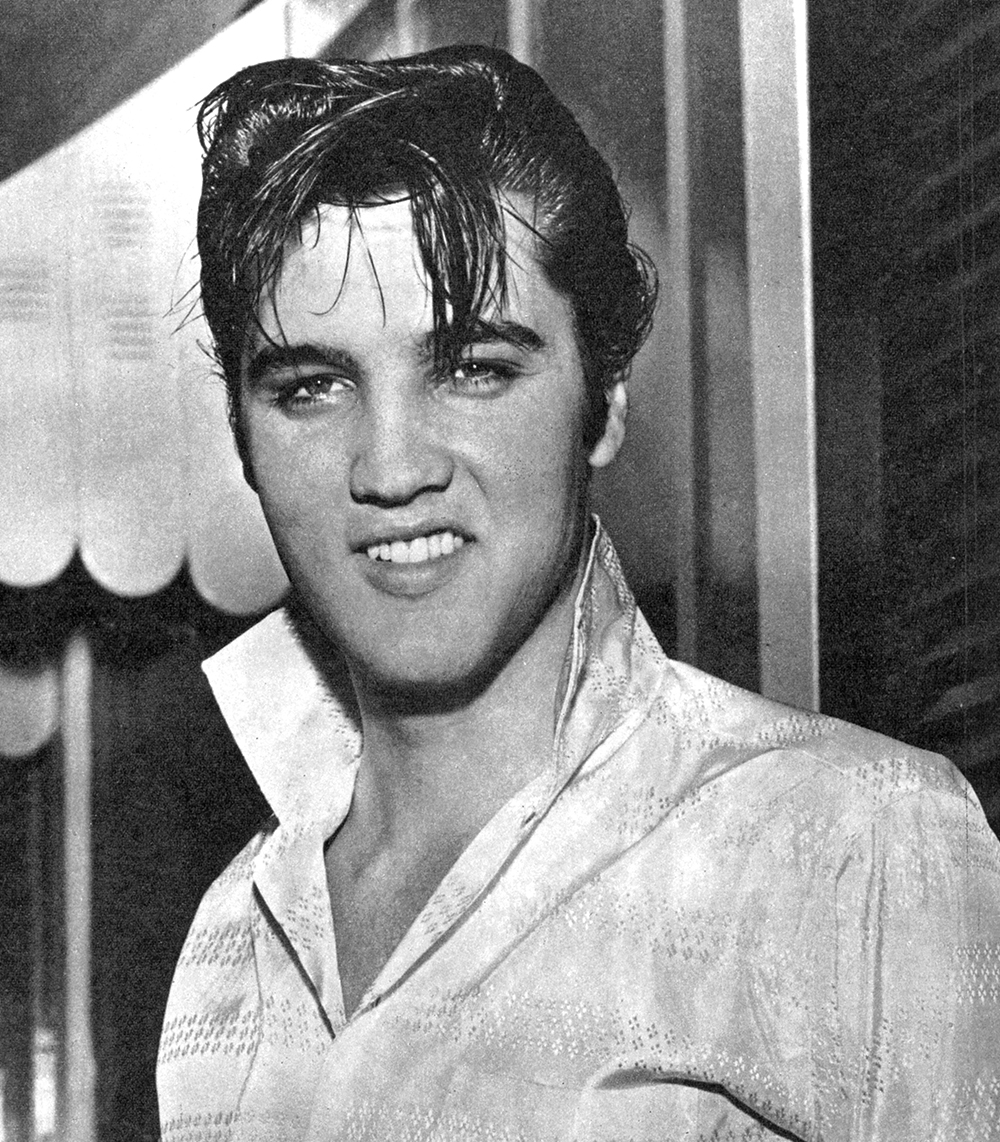Grown Up in the 1950s - The Rise of Rock and Roll Music
25 August 2022
Find out how young people's taste for rock and roll transformed popular music in the 1950s

Image: Elvis Presley in his prime at 23, 1958, credit Rossano aka Bud Care
Licensed under the Creative Commons Attribution 2.0 Generic license
Alongside our Grown Up in Britain exhibition with the Museum of Youth Culture, we've been exploring the fashion, music and entertainment that would have been familiar to young people in the UK across the decades. This week, we're exploring how 1950s rock and roll transformed the popular music landscape.
During the 1950s, the generation gap became increasingly marked, as young people both actively carved out their own identities in opposition to their parents and were increasingly targeted as a distinct group by companies looking to sell them products.
The defining sound of the emergent youth culture during this period was rock and roll – a style of music that both clearly drew upon the popular styles of the previous few decades and at the same time sounded completely fresh and new.
Defining a genre in art or music is always a slippery business, and the origins of rock and roll are as hotly contested as anything, with numerous books and articles debating what counts as the first rock and roll song. What is widely agreed upon, however, is that the 1950s witnessed an explosion in this new style of music, characterised by accentuated backbeat rhythms and as the decade progressed, electric guitars steadily taking over from piano and sax as lead instruments.
Mixing jazz-style dance rhythms, blues and gospel-inspired vocals and country music guitars, rock and roll was essentially a marriage of African musical traditions with European instrumentation.
Cleveland DJ Alan Freed is credited with popularising the term on mainstream radio in the 50s, although its roots go back to the 1880s, when it began to be used to describe the spiritual fervour of African American church rituals, and found its way into song titles and lyrics in the early part of the 20th century. Over time, however, the term also took on a secondary meaning, being used as a euphemism for sex. Both meanings are at play in its modern musical sense.
While the genre only really achieved recognition in the 50s, plenty of songs from the 1940s and even earlier have since been pulled under the rock and roll umbrella, with the likes of Sister Rosetta Tharpe, Goree Carter and Wynonie Harris seen as early pioneers. In acknowledgement of this, we’ve included a few key 1940s tracks in our playlist below.
But regardless of where it all began, by the end of the 1950s, rock and roll was all the rage amongst young people, making superstars of the likes of Elvis Presley, Buddy Holly, Chuck Berry, Little Richard, Gene Vincent and even Johnny Cash. As it continued to evolve, “rock music” in its broadest sense would continue to dominate the charts for decades to come.
Have a listen to our playlist below to get a feel for what young people might have been listening to in the 1950s.
Exploring 100 years of youth culture, Grown Up in Britain is free to visit until 12 February 2023. You can also find out more about life in post-war Britain in our permanent History Gallery on the floor below.